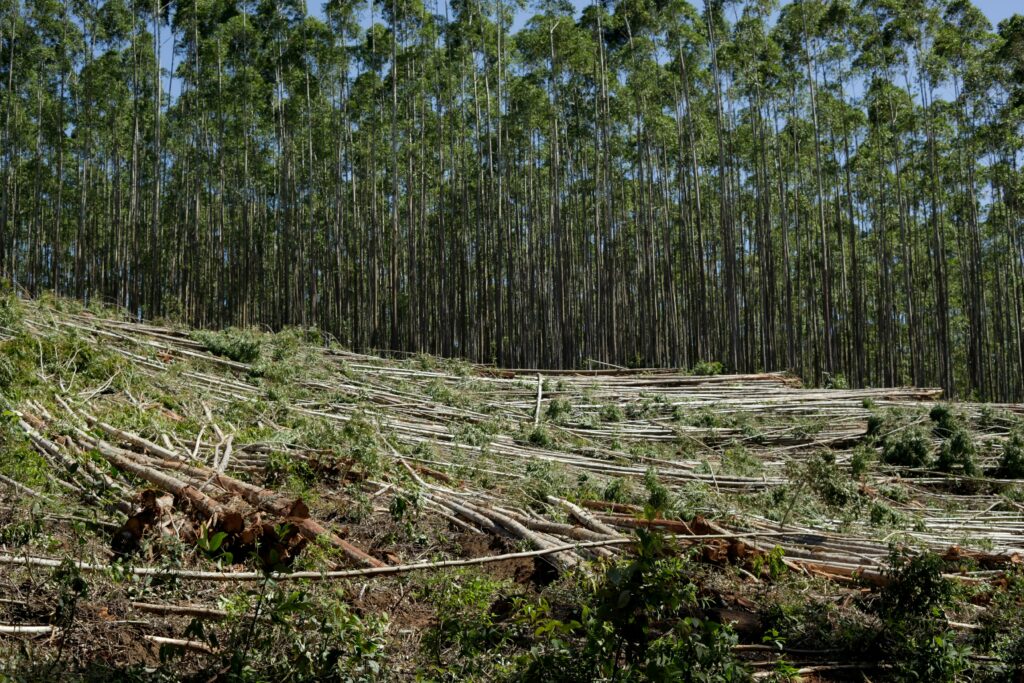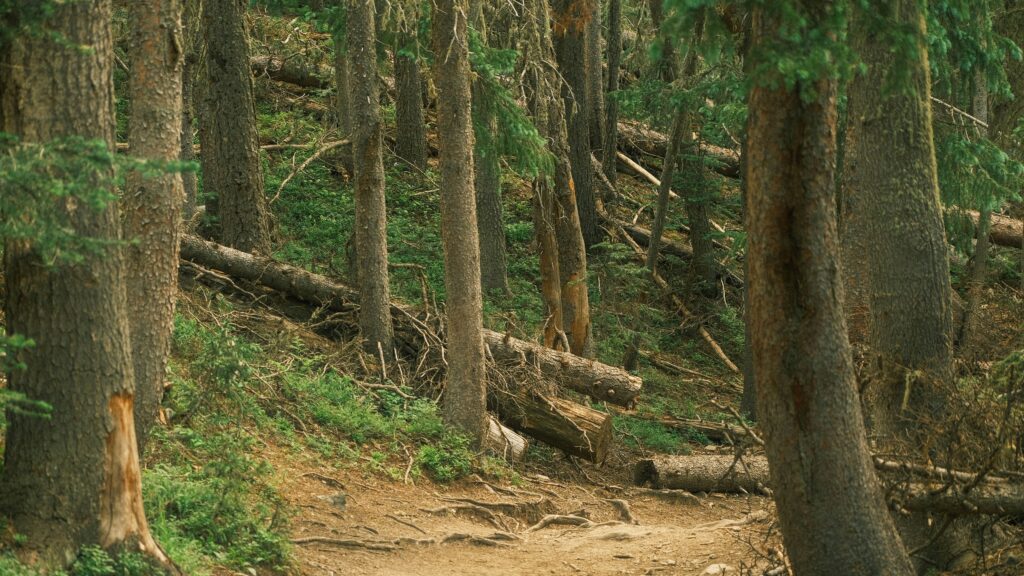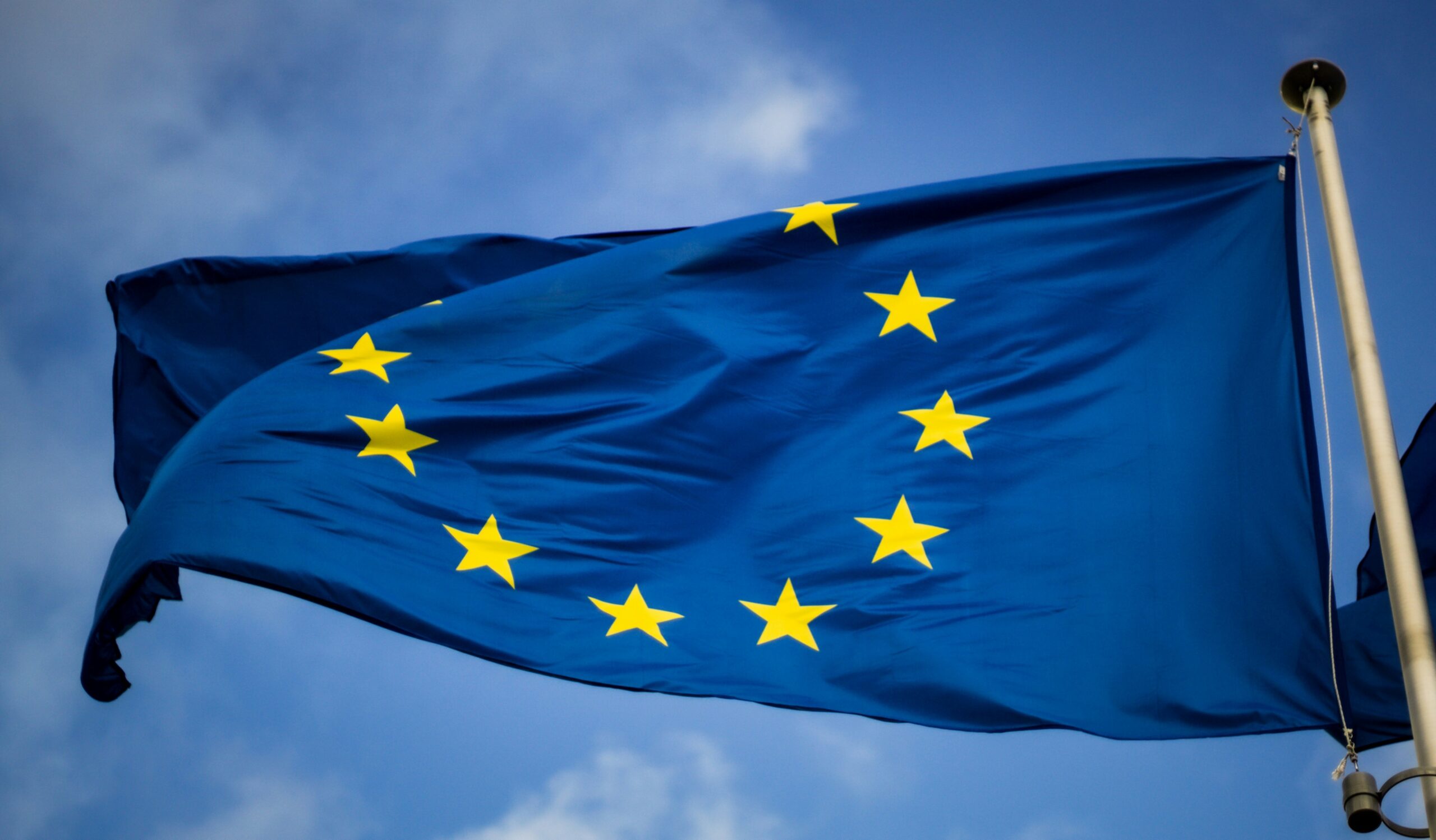If your supply chain deals with commodities like coffee, cattle, palm oil, or timber, the EU Deforestation Regulation (EUDR) is about to become a central part of how you do business. It’s not just another policy to bookmark and forget. It’s enforceable, it’s coming fast, and it’s detailed. In this guide, I’ll walk you through what EUDR compliance really involves, what your responsibilities are, and how to build a practical, workable strategy that doesn’t leave you scrambling at the last minute.
Why EUDR Exists and Why It’s Different
EUDR isn’t just a green policy update. It’s a fundamental shift in how companies prove their products are deforestation-free. Unlike the older EU Timber Regulation (EUTR), which focused mostly on legal logging, EUDR goes wider and deeper. It applies to more commodities, demands geolocation data, and includes both imports and exports.
So if you’re placing products on the EU market or exporting them from it, and those products fall under EUDR’s scope, you’ll need to meet a strict due diligence standard. That includes knowing where your raw materials came from, proving they didn’t contribute to deforestation after 31 December 2020, and keeping that proof organized and auditable.
What Makes a Product Subject to EUDR?
EUDR applies to both raw and derived products that are made from or include the following commodities:
- Vee
- Cocoa
- Coffee
- Palm oil
- Rubber
- Soya
- Wood
That includes processed goods like leather, chocolate, books, wooden furniture, rubber clothing, and more. It doesn’t matter if the item was produced in or outside the EU. What matters is whether it ends up on the EU market or leaves it through export.
You’ll need to check if your product’s HS or CN code appears in Annex I of the regulation. If it does, you’re in scope. There are a few exemptions, like fully recycled materials and packaging used only for transport, but otherwise, the list is long and growing.
Who Has to Comply?
There are a few categories to understand here. The main ones are:
- Bedieningspersoneel: Businesses that first place the product on the EU market or export it
- Handelaren: Those who make the product available after it’s already in the EU market
If you’re a large operator or trader, your obligations are full-scale. You must gather data, assess deforestation risk, mitigate that risk if needed, and submit a due diligence statement for every shipment.
If you’re a small or micro business, your obligations might be lighter, but you’re not off the hook. You may be able to refer to a previous due diligence statement (DDS) created upstream, but only if it’s valid and properly referenced.
SME vs Non-SME Obligations (Quick Snapshot)
| Obligation | Non-SME Operator | SME Operator | Non-SME Trader | SME Trader |
| Due diligence system | Yes | Sometimes* | Yes | No |
| Submit DDS | Yes | Sometimes* | Yes | No |
| Keep supply chain records | Yes | Yes | Yes | Yes |
| Reference upstream DDS | Allowed | Allowed | Allowed | Allowed |
*Only exempt if product has already been covered by a DDS from another operator.

Deadlines: What Changed and What Still Stands
Originally, the regulation was set to apply from 30 December 2024. That’s now been pushed back:
- Large companies must comply by 30 December 2025
- SMEs have until 30 June 2026
- Exception: If SMEs are selling products from large companies, they still need to comply by 30 December 2025
If you’re in the wood or forestry sector, note that EUTR will officially be repealed on 30 December 2025, and all wood products must fall under EUDR rules from that date.
The Core of Compliance: Due Diligence System
Here’s where the rubber meets the road. Your due diligence system is not a single report or an annual check-in. It’s an ongoing, structured process that includes:
1. Information Collection
You need to collect specific data for every product batch. This includes:
- Product description and quantity
- Country of production
- Name and address of supplier and buyer
- Date or production range
- Geolocation coordinates of the land plot where the commodity was grown or raised
That last point is a big deal. The location must be mapped to 1 second of latitude and longitude (roughly a 31m x 31m square). For larger plots, polygon mapping is required.
2. Risk Assessment
With the data in hand, you must assess the risk that the product came from land deforested or degraded after 31 December 2020. You’ll need to consider:
- Forest presence in the area
- Rate of deforestation in the region
- Legal compliance of producers
- Whether indigenous land rights were respected
- Reliability of documents and certifications
- Complexity and transparency of the supply chain
If your risk assessment finds no risk, you can move forward. If there’s any doubt, you must mitigate that risk before placing the product on the market.
3. Risk Mitigation
When risk is non-negligible, you’ll need to act. That might mean:
- Requesting more documentation
- Performing third-party audits
- Delaying purchase or shipment until verification
- Adding contractual obligations or training for suppliers
And remember, even if your product comes from a low-risk country, you still have to meet the information gathering requirements. You just don’t need to go through full risk assessment and mitigation.
Country Benchmarking and Risk Levels
The EU published the first country classification system in May 2025, though it was rejected in July 2025 and is undergoing revision. Countries will be ranked as:
- Laag risico: Minimal checks needed, simplified due diligence applies
- Standaard risico: Full due diligence required
- Hoog risico: Full due diligence plus enhanced scrutiny by EU authorities
These classifications will directly affect how deep your compliance checks need to go. Some examples from the initial list include:
- Laag risico: USA, UK, EU states, Canada, Australia, Japan
- Hoog risico: Russia, North Korea, Myanmar, Belarus
- Standaard risico: Brazil and many others
If your product pulls ingredients from multiple countries, the strictest risk level applies.

Submitting a Due Diligence Statement (DDS)
Before placing any relevant product on the market, you must submit a DDS via the EU Information System (TRACES NT). This statement needs to include:
- Product and shipment details
- Operator ID and contact info
- Geolocatiegegevens
- Reference numbers of related DDSs
- Confirmation that due diligence has been carried out
There are limits: one DDS can have up to 200 product lines, 500 lines of explanation, and a total size of 25 MB. You can include more than one country of production, but details like the scientific name of timber and country of origin will be visible.
You can appoint an authorized representative to handle DDS submissions, but the responsibility still lies with the operator.
The Packaging Exception (and Its Limits)
Packaging is mostly exempt from EUDR if it’s clearly used only to protect or carry another product (e.g., boxes, pallets). However, there are exceptions:
- Packaging sold separately is not exempt
- Special packaging like wooden gift boxes may be subject if it contributes to the product’s identity
So don’t assume your shipping materials are off the radar. Check CN codes carefully.
Common Misunderstandings to Avoid
Even companies trying to comply can get tripped up by assumptions. Here are a few things to watch for:
- FSC certification ≠ automatic compliance. Certifications can support due diligence but don’t replace it.
- Factory location is not enough. You need the origin of the raw material, not the processing plant.
- One DDS per year? Not allowed. A new DDS must be submitted for each shipment unless it’s exactly the same batch.
- Internal transfers within a company still count if there’s a change of ownership.
What About Substantiated Concerns?
Anyone – including individuals, NGOs, or regulators – can raise a substantiated concern if they believe a product violates EUDR. That triggers an official investigation. If you’ve skipped steps or relied on poor-quality data, you’ll be exposed.
Non-Compliance Consequences
The stakes are high. Failing to meet EUDR requirements can lead to:
- Confiscation of goods
- Fines up to 4% of annual EU turnover
- Temporary bans on trading
- Reputational damage with buyers, consumers, and investors
And remember, enforcement levels differ by country risk. Audits will cover:
- 9% of shipments from high-risk countries
- 3% from standard-risk
- 1% from low-risk
Steps You Can Take Right Now
If you’re not sure where to start, here’s a basic to-do list:
- Review your product list and check Annex I
- Identify all raw materials and their country of origin
- Start collecting geolocation data from suppliers
- Set up a basic due diligence system with documentation controls
- Talk to suppliers about traceability, training, and risk policies
- Monitor updates to the EU country classification list
- Register for access to TRACES NT and learn how DDS submission works

How We at EUDR Compliance Help You Meet EUDR Requirements
We’ve watched many companies struggle to pull together all the moving parts of EUDR compliance. Between collecting supplier documents, mapping farms with geolocation data, generating due diligence statements (DDS), and staying audit‑ready, things can get messy fast. We built Naleving EUDR to make it easier.
Here’s what we offer – and what you can expect when you work with us:
- Centralized Data Collection and Management: You can collect supplier info, farm or production plot geolocation, legal documents, and certifications – all in one place. No more chasing Excel files, email threads, or losing track of what version of a certification you have.
- Automated Risk Assessment: Our platform helps you automatically flag risks based on country, commodity type, supplier documentation gaps, and the quality of geospatial data. If something looks off, you get alerts and suggested next steps so you’re not reacting after problems happen.
- DDS Generation & Compliance Reporting: We support you in building your Due Diligence Statements in line with EUDR. The platform validates the data, helps with consistency, stores everything securely (for the required 5 years), and gives you export options compatible with submission systems.
- Mapping & Geolocation Tools: When EUDR requires precise coordinates or polygons of land plots, our tools make this easier. We tie in satellite / map data so you can define origins transparently – and show those origins ready for audits.
- Integration & Interoperability: We know you already have systems – ERP, supply‑chain software, maybe GIS or remote sensing tools. That’s why we’ve built flexible APIs and connectors, so you don’t have to rebuild everything. You can sync what you already use.
- Audit Readiness & Transparency: For inspections or substantiated concerns, you’ll want traceable records: who entered what when, version history, supplier responses, etc. We log changes, let you provide read‑only access when needed, and help you prepare clean evidence for authorities or third parties.
- Scalability & User‑Friendly Onboarding: Whether you’re a large enterprise with complex supply chains, or an SME just starting to collect geolocation or certs – we try to make onboarding smooth. You can begin with basic modules and expand. The UI is built to be intuitive even if your team isn’t tech specialist.
Final Thoughts: Get Ahead, Don’t Catch Up
EUDR compliance isn’t something you can bolt on at the end of your production process. It’s a supply chain issue that starts at the source and follows every shipment to the market. And with deadlines approaching fast, waiting for last-minute solutions will only make things harder.
Think of this as a chance to clean up your sourcing, get serious about documentation, and build better visibility into your operations. The tools are available. The rules are clear. What matters now is how you respond.
Veelgestelde vragen
Do I need to track the exact farm where my raw materials come from?
Yes, and not just generally. You need to pinpoint the origin using geolocation data, down to the level of seconds in latitude and longitude. For most commodities, especially if they’re from high- or standard-risk countries, polygon mapping is required. It’s not enough to know the supplier or country – you have to know the land plot where it was grown or raised.
What if I buy from a supplier inside the EU – do I still need to do due diligence?
In short, yes. Even if your supplier is based in the EU, if their product contains EUDR-regulated commodities, the origin of those raw materials still matters. You can refer to their existing DDS if they’ve done one, but you’re responsible for checking that it’s valid and complete. Just because it’s within the EU doesn’t mean it’s automatically compliant.
How often do I have to submit a Due Diligence Statement?
Every shipment requires a new DDS. There’s no such thing as a “once per year” declaration under EUDR. If you’re sending the same batch multiple times with no changes, you may be able to reuse the DDS reference, but the rule is one DDS per shipment unless everything stays exactly the same.
Is FSC or other certification enough to prove compliance?
Certifications like FSC or Fairtrade can support your case, but they don’t replace due diligence. The EU has made it clear: voluntary schemes aren’t a free pass. You still have to collect geolocation data, assess deforestation risk, and go through the proper documentation process. Think of certifications as backup, not a shortcut.


